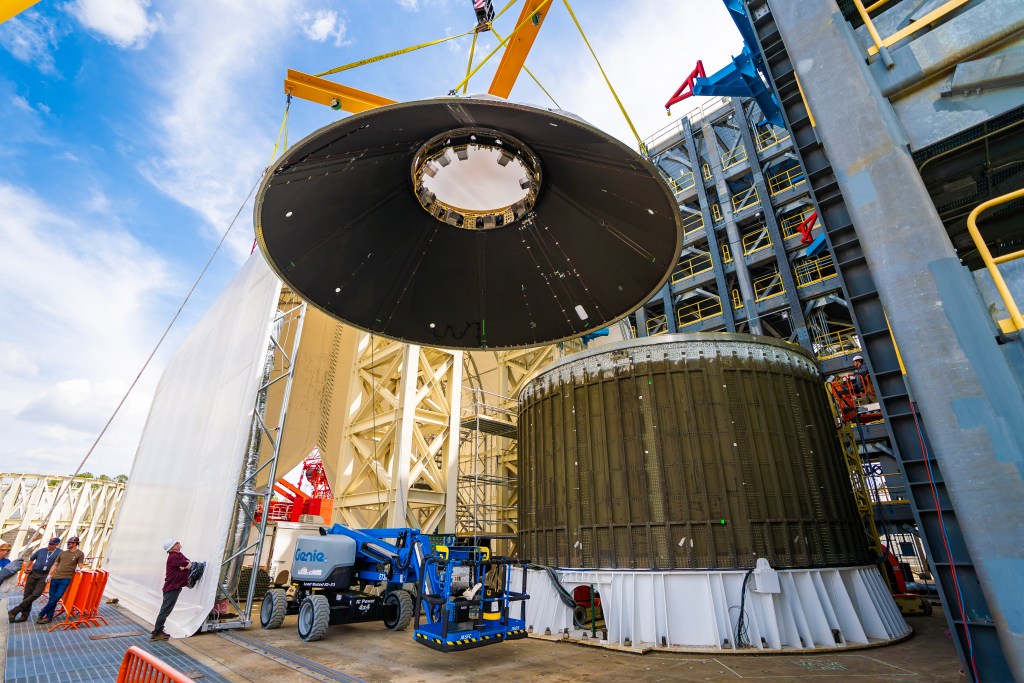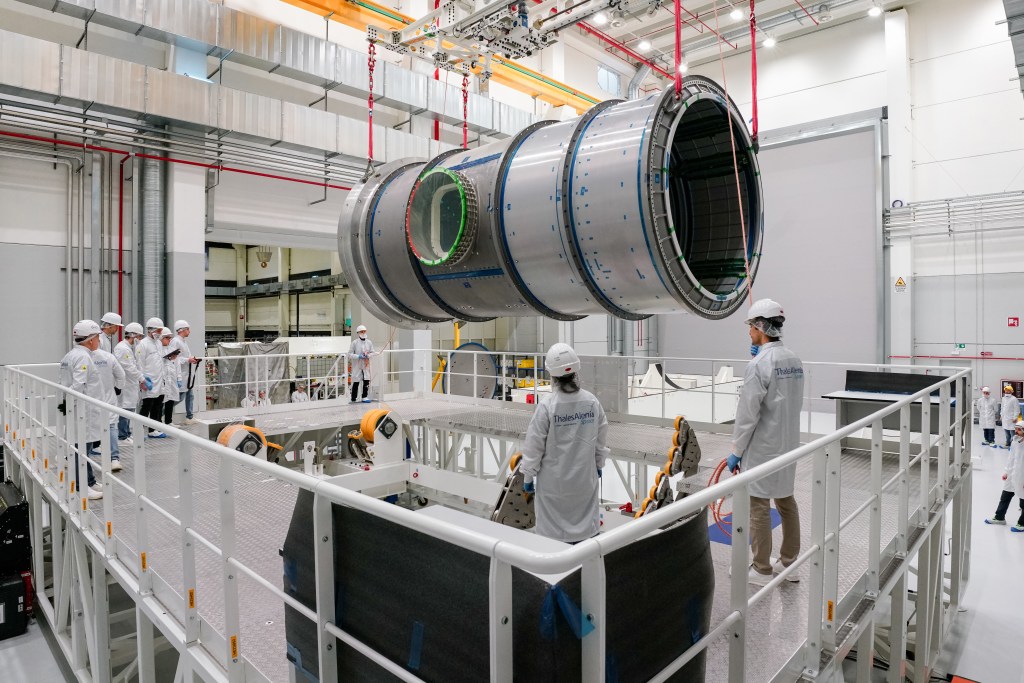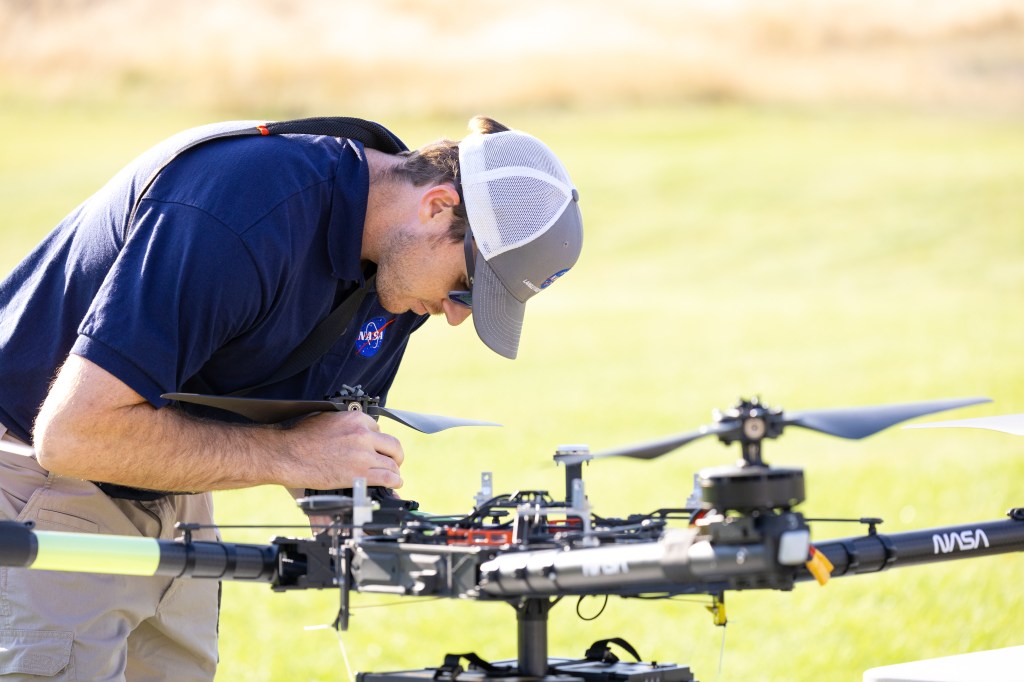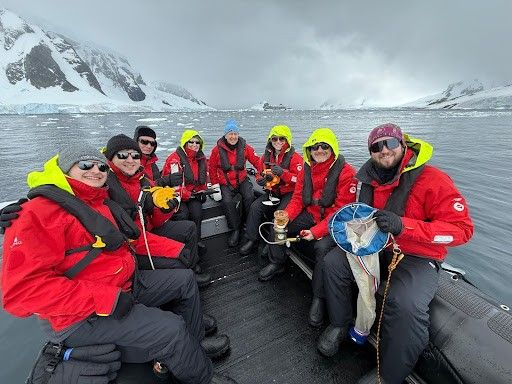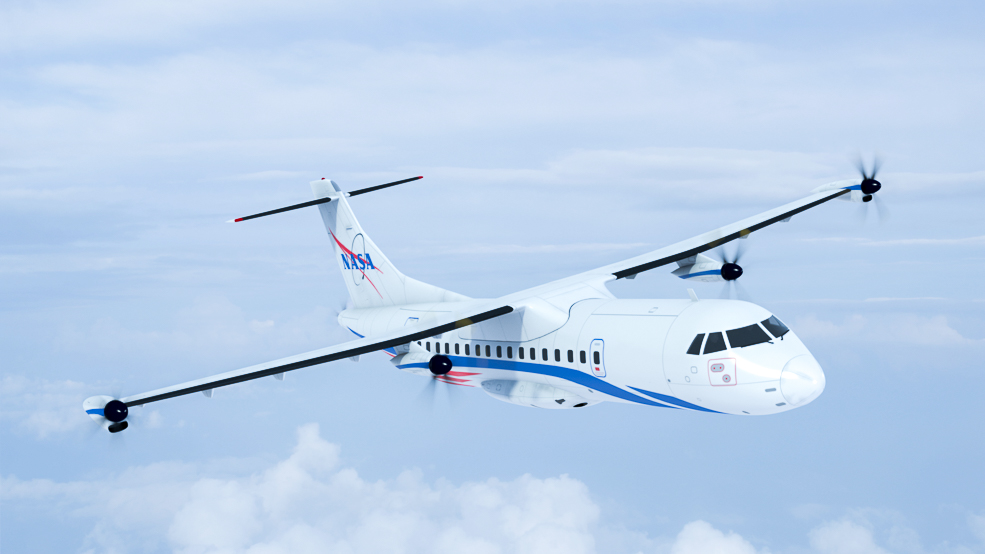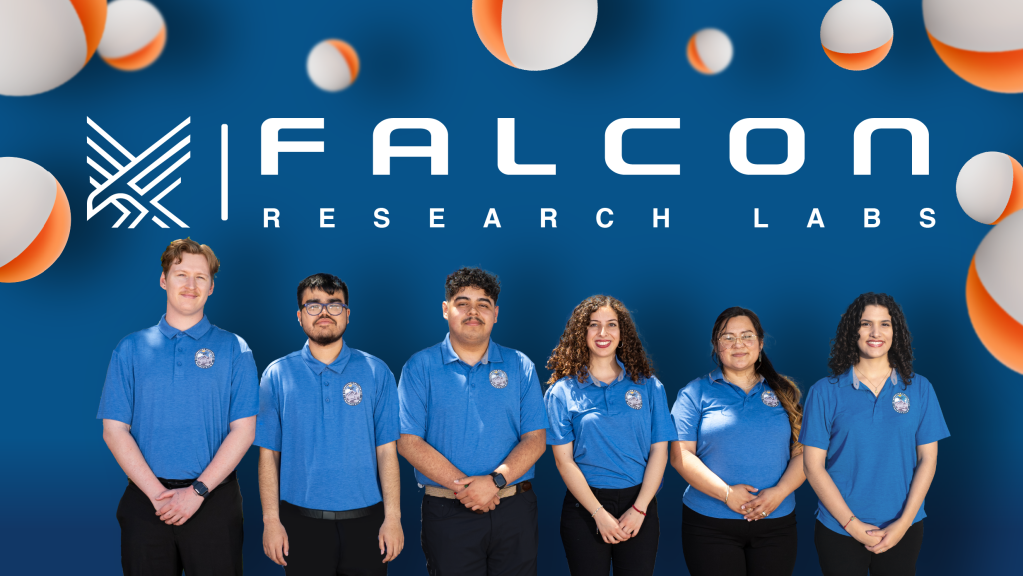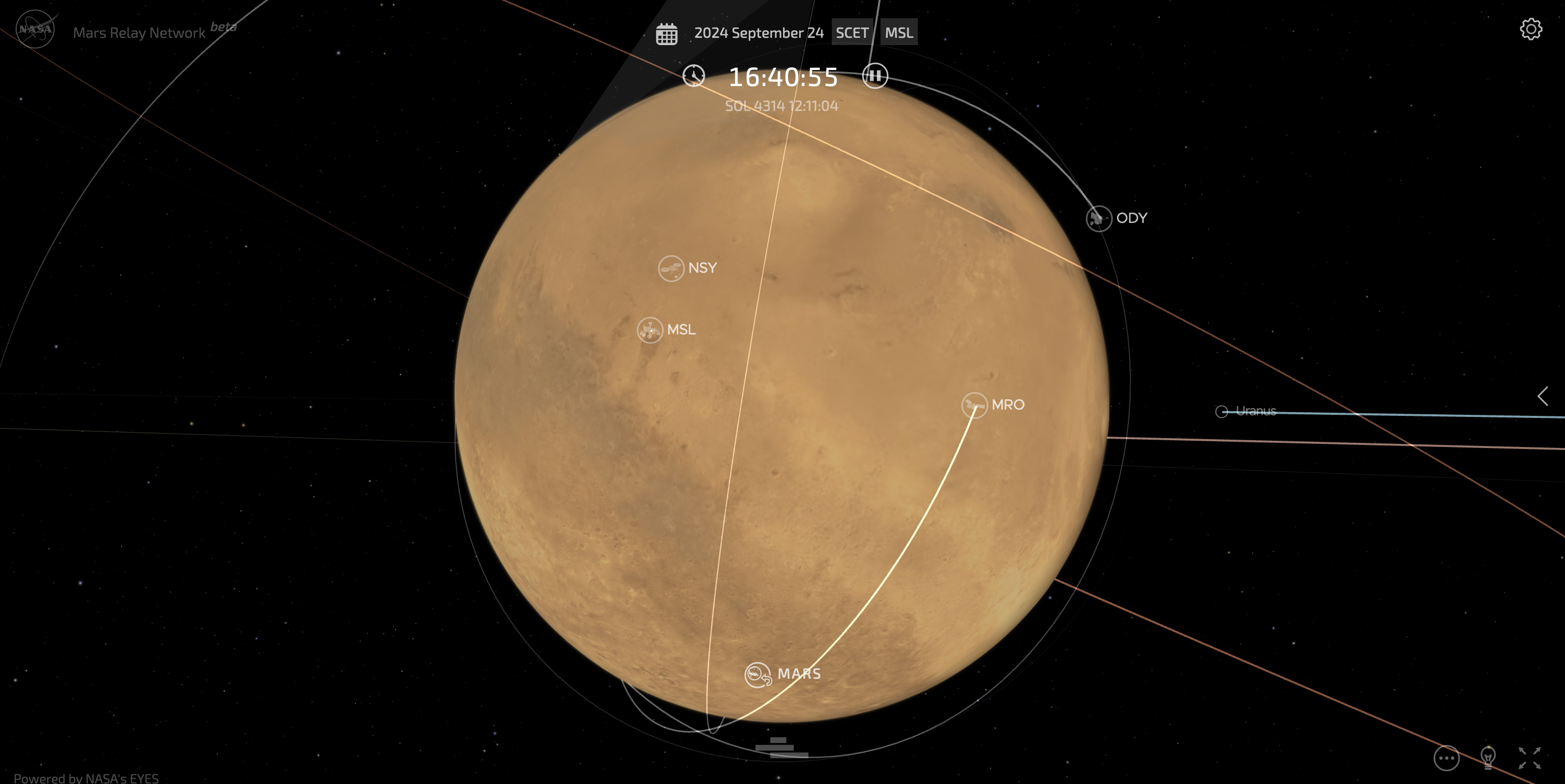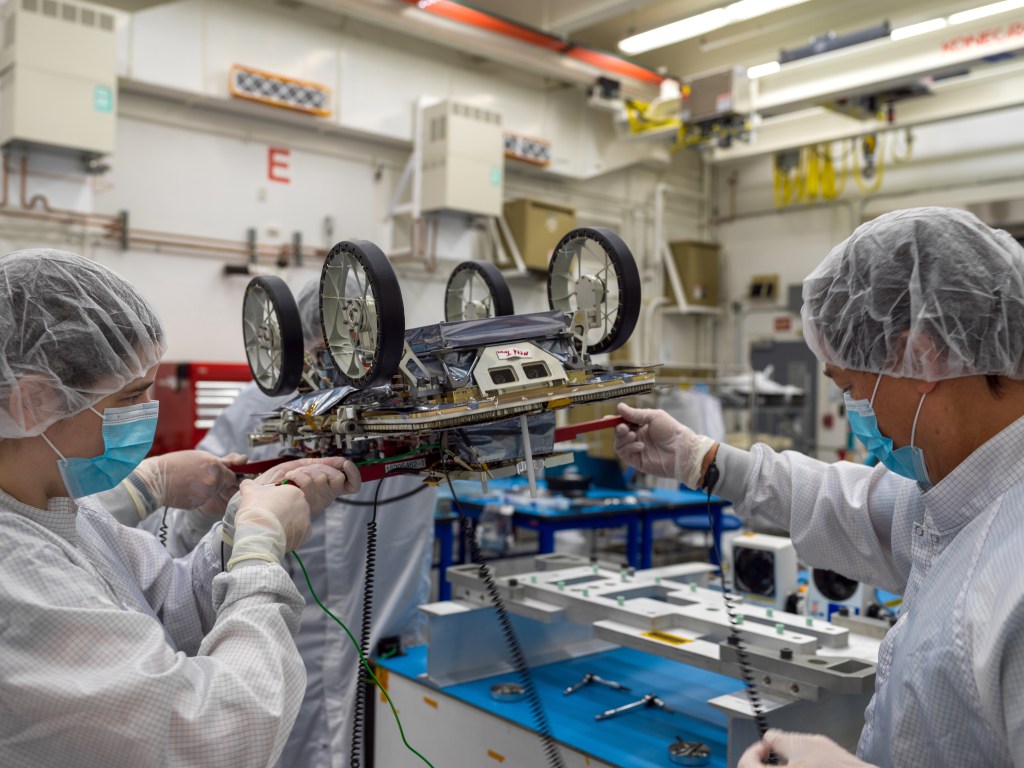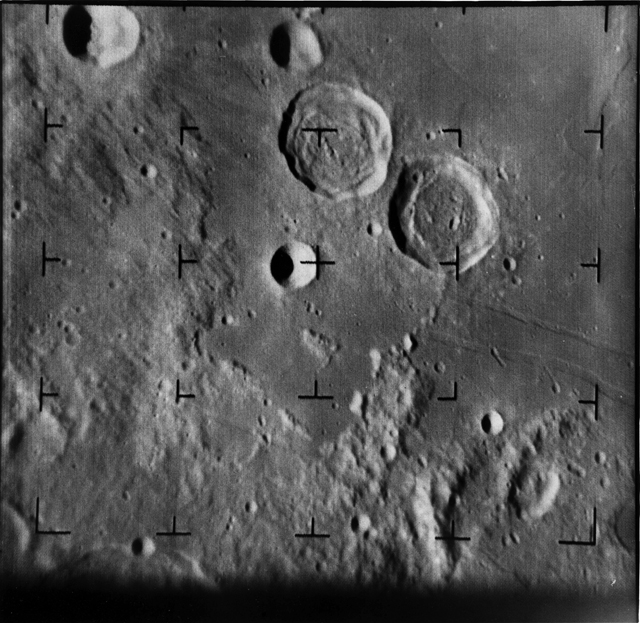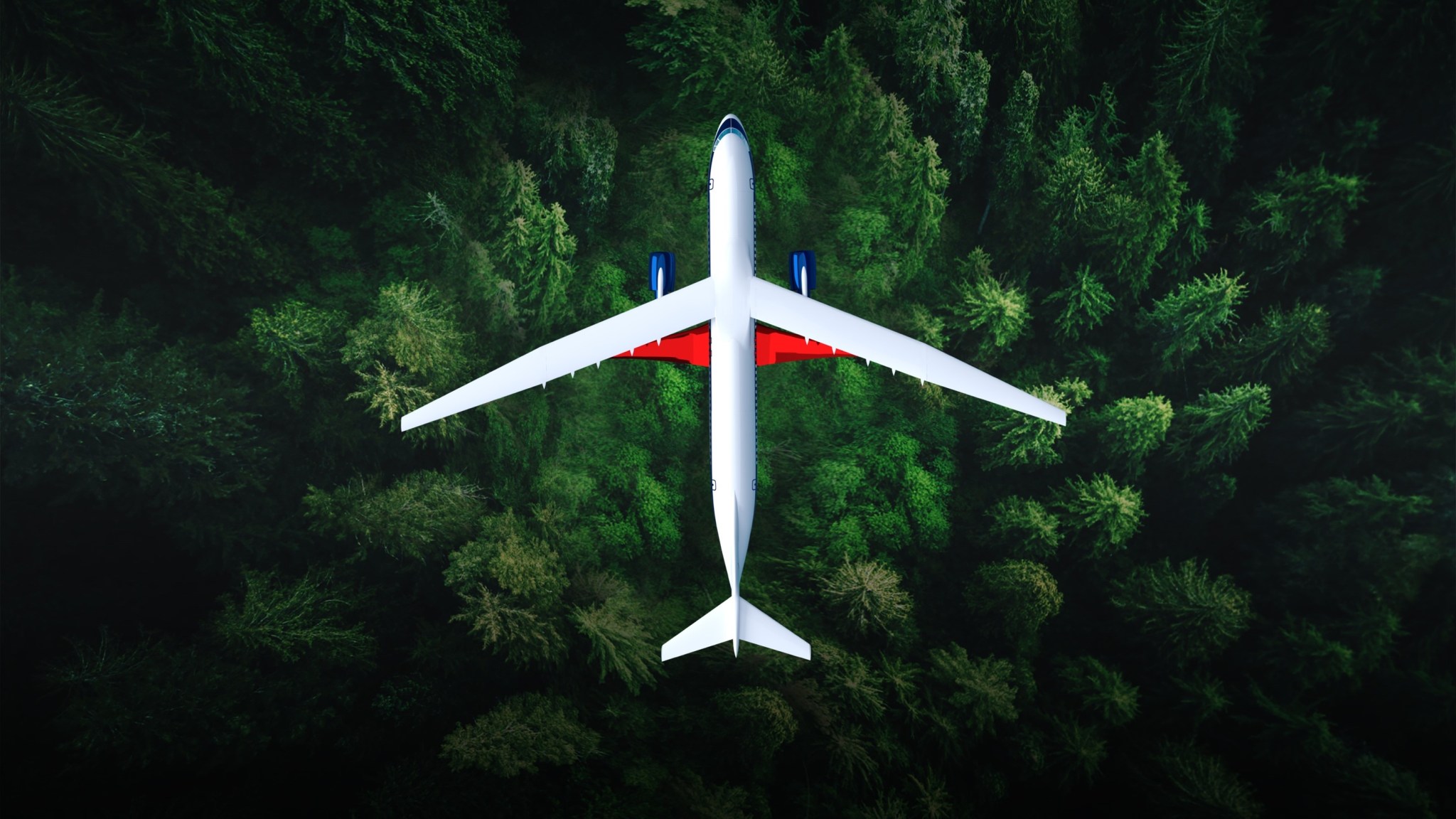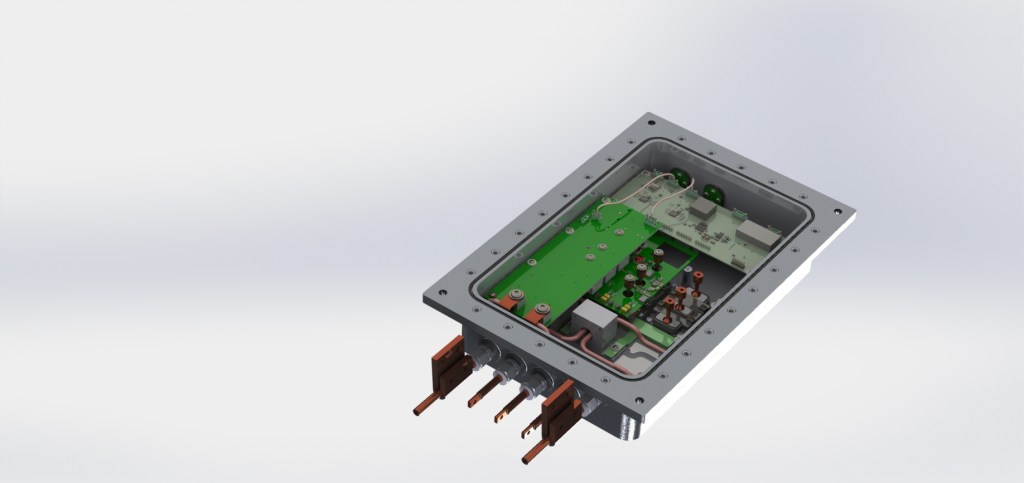Impacts & Benefits
Electrified aircraft propulsion (EAP) technologies provide a number of different economic, environmental, and spin-off benefits that can positively impact our lives and help improve the flying experience for all.
Strengthening the Economy
EAP technologies could help make air travel more cost-effective than traditional aircraft. In addition to reduced in-flight energy costs due to less fuel consumption, electrified systems and components are often easier to maintain with fewer repairs required. This can help cut down on maintenance costs for airline operators and ultimately make flying more affordable for the public.
EAP innovations also have the potential to reinvigorate the regional and emerging smaller aircraft markets transporting less than 100 passengers and strengthen the single-aisle aircraft market transporting around 180 passengers.
By growing and expanding new aviation markets, these technologies will help create new jobs in the U.S and maintain the competitiveness of the nation’s commercial aircraft industry.
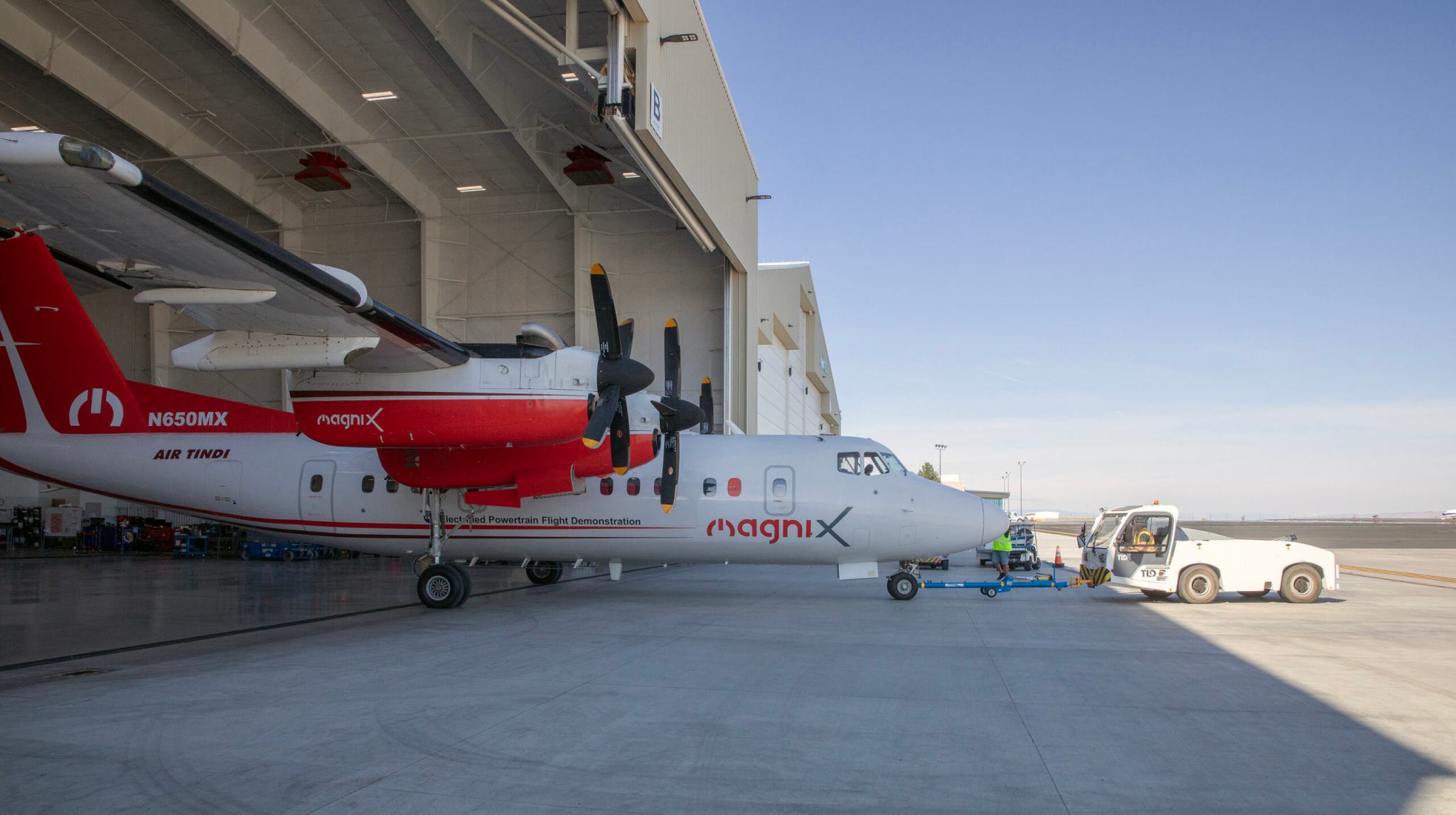
Improving the Travel Experience
EAP technologies are quieter and enable unique airframe design configurations that help reduce noise over local communities, especially when operating over crowded communities at night. Airframe designs such as a hybrid wing body offer higher-lift capabilities that can allow larger aircraft to operate using shorter runways and utilize more small, underused airports. This helps reduce traffic and congestion at larger airports, while allowing more flights out of local airports and minimizing the need for layovers for longer-distance flights.
Protecting Our Environment
The aviation industry currently makes up around 2-3% of all global carbon emissions, with the largest segment of fuel burn coming from the single-aisle aircraft market. By electrifying aircraft propulsion systems to combine electrical power with traditional fuel sources, the total amount of energy required per flight is reduced, which helps cut down on carbon and other emissions.
NASA’s research in EAP technologies helps support the aviation industry’s goals of achieving net-zero carbon emissions by 2050. Even small improvements in fuel efficiency for single-aisle aircraft will have large impacts on emission reductions.
Spin-off Applications
EAP technologies can be applied to other ground-based applications, helping to further research investment benefits. Lightweight, efficient motors and power systems used in electrified aircraft are also applicable to ships and mobile generator stations. Mass production of EAP technologies for ground applications can help lower production costs for both aviation and spin-off applications.






